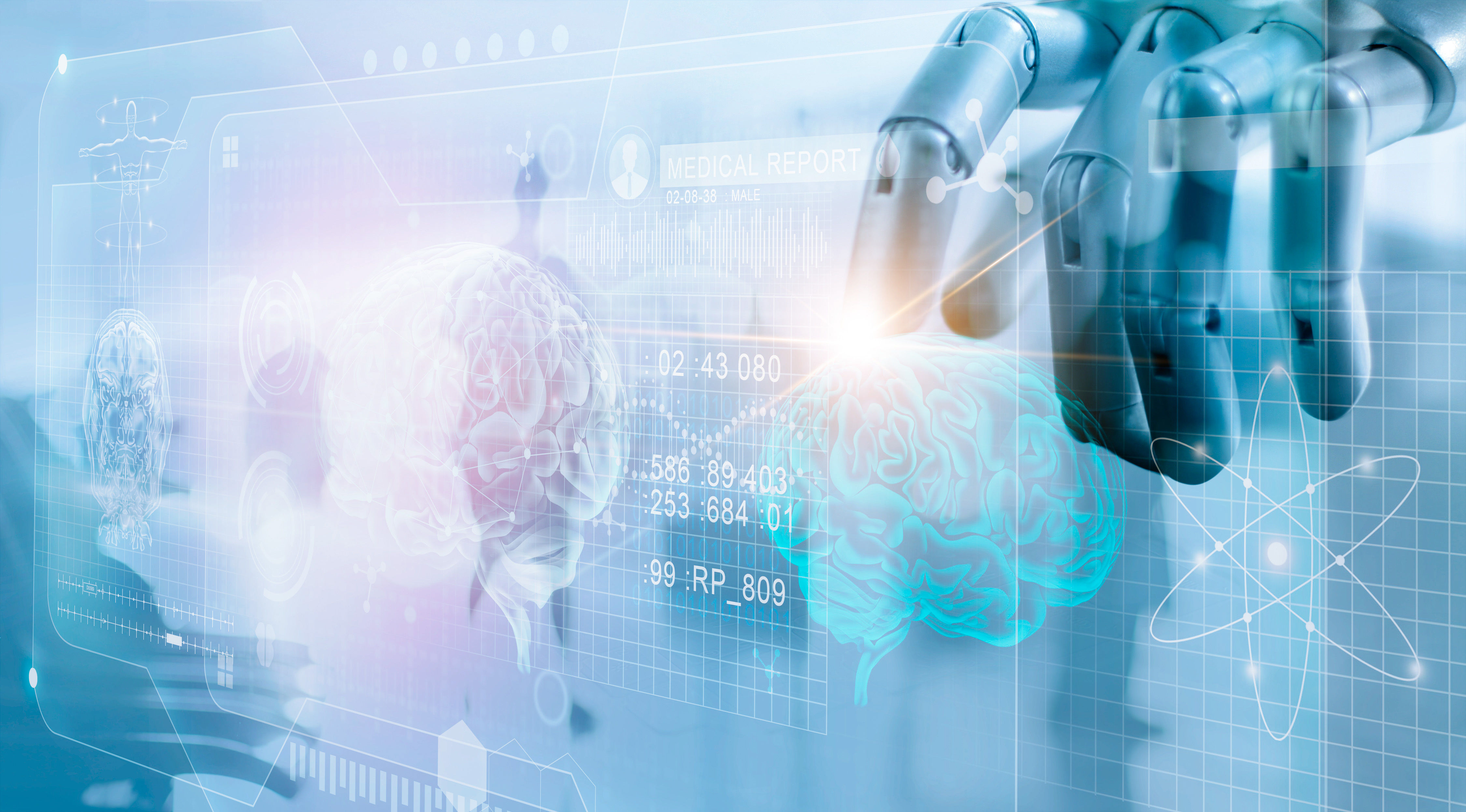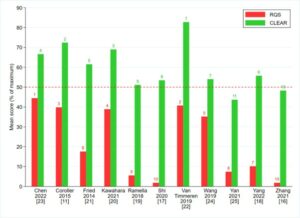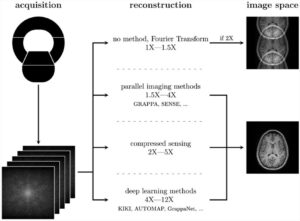The purpose of this phantom study was the compare the image quality of a deep learning image reconstruction (DLIR) algorithm and conventional iterative reconstruction (IR) algorithms in dual-energy CT (DECT) as well as assess the impact that these algorithms have on radiomics robustness. The authors determined that the new DLIR algorithm does in fact improve the quality of DECT images but may alter radiomics features compared to conventional IR.
Key points
- DLIR improves DECT image quality in terms of signal-to-noise ratio and contrast-to-noise ratio compared with ASIR-V and showed the highest noise reduction rate and lowest peak frequency shift.
- Most of radiomics features are repeatable between repeated DECT scans, while inter-reconstruction algorithm reproducibility between conventional IR and DLIR, and inter-scanner reproducibility, are low.
- Although DLIR may alter radiomics features compared to IR algorithms, nine radiomics features survived repeatability and reproducibility analysis among DECT scanners and reconstruction algorithms, which allows further validation and clinical-relevant analysis.
Authors: Jingyu Zhong, Yihan Xia, Yong Chen, Jianying Li, Wei Lu, Xiaomeng Shi, Jianxing Feng, Fuhua Yan, Weiwu Yao & Huan Zhang













